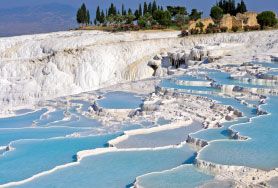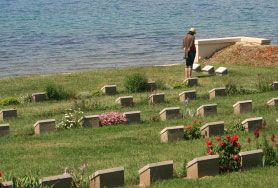Çatalhöyük, with a history dating back to 5500 BC, is an ancient site comprising of 14 layers of settlement. Considered as the starting point of settled life with the earliest samples of house architecture and religious shrines, the area is of crucial importance to human history. The ruins of Çatalhöyük inscribed on the UNESCO World Heritage List are not to be missed!
Konya museums include Mevlana, Karatay, Atatürk, Ethnography, Archaeology (includes the Sarcophagus of Hercules) Koyunoglu and Inceminare as well as Sircali Madrasa and the Mausoleum of Nasreddin Hodja.
It’s mosques include Shams-i Tabrizi, Iplikci, Aladdin, Selimiye and Kapur Mosque. Mausoleums like Yesil Mausoleum, Sultanlar, Gomec or Hatun Mausoleum are a must visit. Yesil Turbe (Green Mausoleum), which belongs to the Seljuk period, has become synonymous with the city as it is the resting place of Mevlana and his father.











